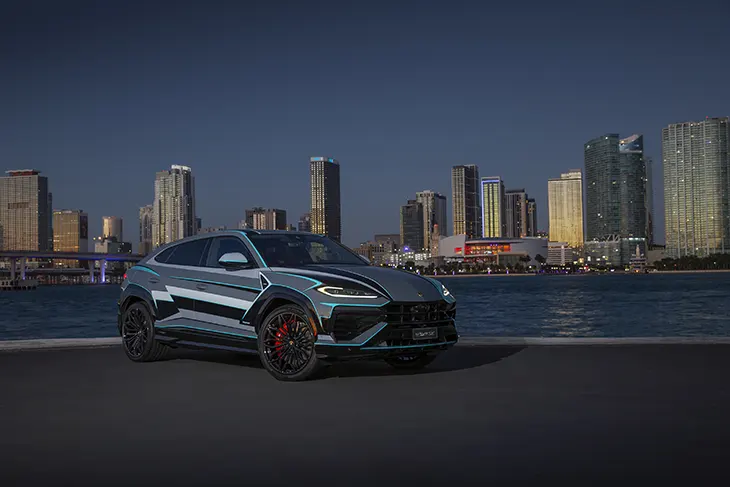
At Art Basel Miami Beach 2024, amidst a display of cutting-edge art and design, Mitja Borkert, head of design at Lamborghini, introduced the vibrant Urus SE. Since joining Lamborghini Centro Stile in 2016, Borkert has played a key role in driving innovation for the brand, with the Urus SE debuting as Lamborghini’s first plug-in hybrid. This model merges a twin-turbo 4.0-litre V8 engine with an electric motor, emphasizing the brand’s move towards more sustainable yet performance-oriented innovations.
INTERVIEWS
The event also spotlighted the Lamborghini Temerario, the anticipated successor to the Huracán, equipped with a twin turbo V8 hybrid powertrain that delivers an impressive 907bhp and accelerates from 0-62mph in just 2.7 seconds. This launch highlights Lamborghini’s transition to a fully hybridized fleet, reflecting a shift towards a more environmentally aware approach to supercar design and manufacturing.
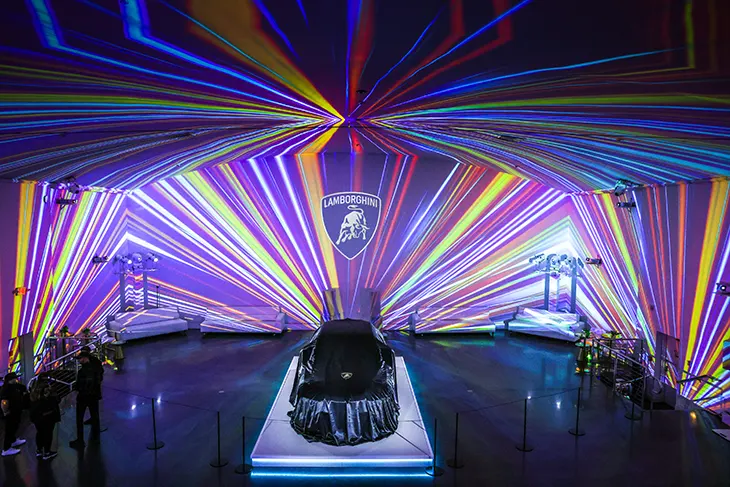
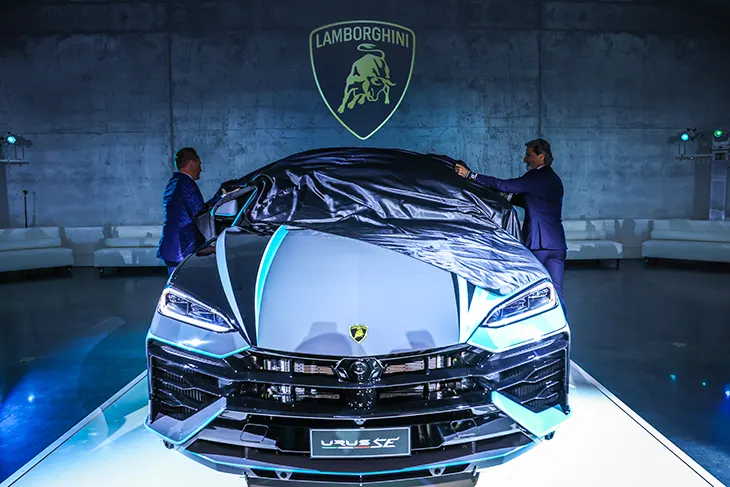
In his exclusive interview with DSCENE Magazine, editor Katarina Doric talked with Mitja Borkert about his creative vision and Lamborghini’s innovative future.
How did Art Basel inspire the idea behind the new Urus SE? – The idea started a year ago because at Lamborghini it’s our tradition to go to a Miami Art Basel event. When we sit together as a design team, we’re always like, “Okay, next year Art Basel. Okay, Urus. What is our idea?” It came pretty fast, actually. It came along that we would take graffiti as a basic idea. I like that we can tell multiple stories about this car, because it’s not just colors and lines—there’s a narrative behind it.
We wanted to approach a younger audience and showcase the vibrancy of Miami through this design. But we also wanted lines that emphasize the sporty, outstanding proportions of the Urus. For me, the Urus is becoming an icon. The low roof, large wheels, and the design lines are clearly Lamborghini, and since its launch in 2018, it’s become recognizable everywhere. People’s excitement about it hasn’t decreased, so we wanted to emphasize its lines even more.
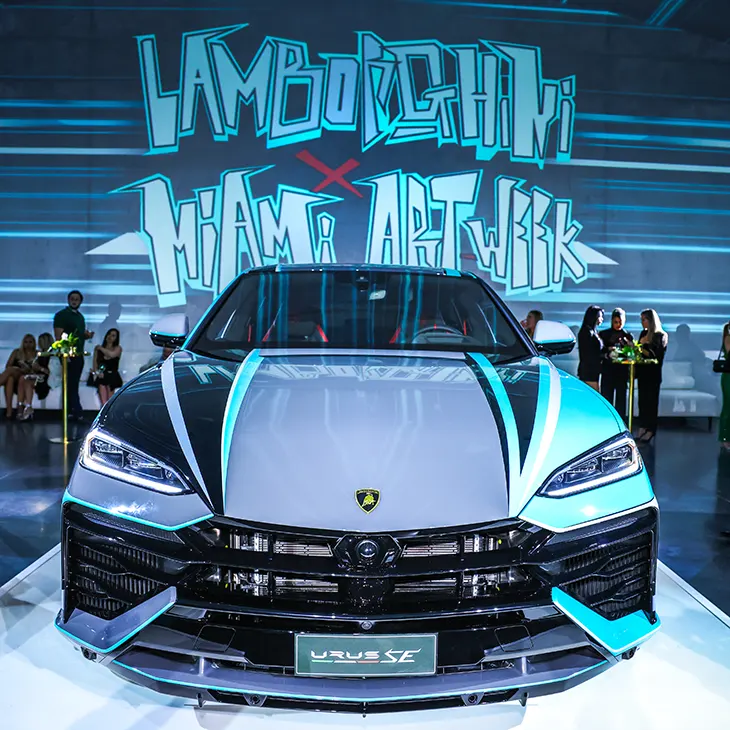
I noticed the kind of “zebra” effect on the doors. What inspired that? – That effect—the white and black stripes—comes from how we check shapes while designing cars. We use a 3D surface computer program called Alias, and when checking the shape, we use a “zebra” mode to ensure surfaces and proportions are correct. The lines you see on the car are inspired by that process. Also, there’s a ray of light going across the car. When I’m in the U.S., I always wake up early because of the time difference. I love when the sun rises, and you see the first ray of light. That’s what this line represents. We kept the design asymmetric because it’s cooler that way. We used “blue glauco,” this kind of blue-greenish color, which gives it a younger feeling.
“We wanted to approach a younger audience and showcase the vibrancy of Miami through this design. But we also wanted lines that emphasize the sporty, outstanding proportions of the Urus. For me, the Urus is becoming an icon.”
I heard painting the car takes about 230 hours? – Yes, that’s what we’ve counted. It’s a crazy amount of work. It starts in the design center, then we develop the idea in 3D models, get internal approval, and then produce the car. Our dedicated painter at the paint shop in Sant’Agata worked with one of our young designers who taped the car by hand, line by line. It’s entirely hand-painted. Stencils, taping, everything is done meticulously. We combined Lamborghini’s heritage with a modern touch.
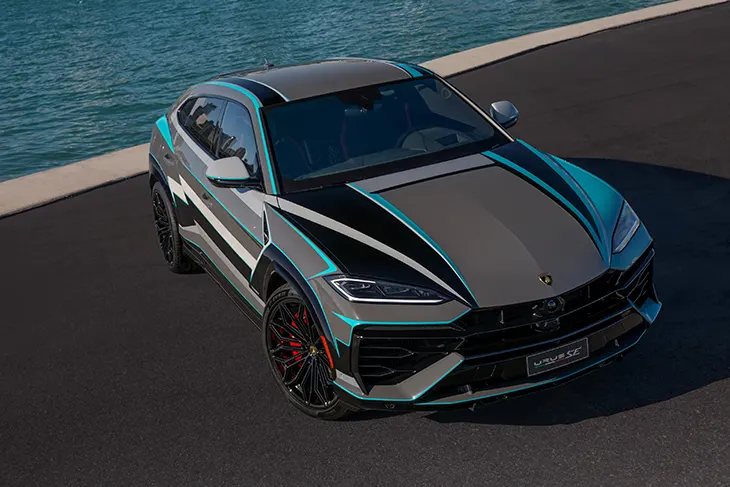
How do you balance Lamborghini’s heritage with modern design elements like graffiti? – It happens naturally when you respect the core characteristics of the car. For the Urus SE, we emphasized its signature design features, like the sharp lines and triangular wheel arches, while adding contemporary touches. For example, using graffiti allowed us to connect with a younger audience while staying true to Lamborghini’s bold DNA.
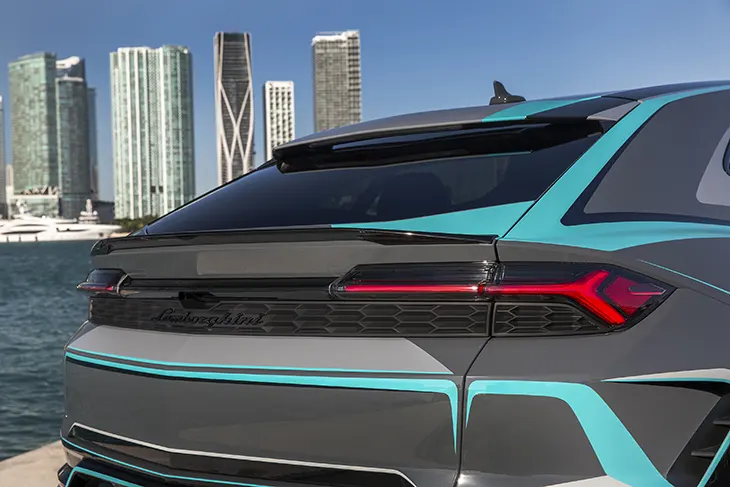
Is this model part of the Ad Personam program? – Yes, if you buy the car, you can do whatever you want with it. This is to demonstrate that there is no limit. The Ad Personam program can handle special liveries. It can take a few months, but since we’re sold out quite well, that wait time also allows for customization. Customers can request special liveries, and the request comes to us at Centro Stile. We have dedicated designers who work with Ad Personam. Sometimes customers rediscover colors among the 400 we have. It’s inspiring for us too.
Have there been any design requests from customers that were too extreme to execute? – Sometimes, customers have bold ideas that don’t align perfectly with our design DNA. In those cases, we guide them toward something more balanced while respecting their vision. For instance, during the Sian project, a Japanese customer wanted a pink Lamborghini. While we initially had reservations, we collaborated to create a stunning blue gradient design that they loved. It’s all about finding a creative solution that works for both the customer and Lamborghini’s identity.
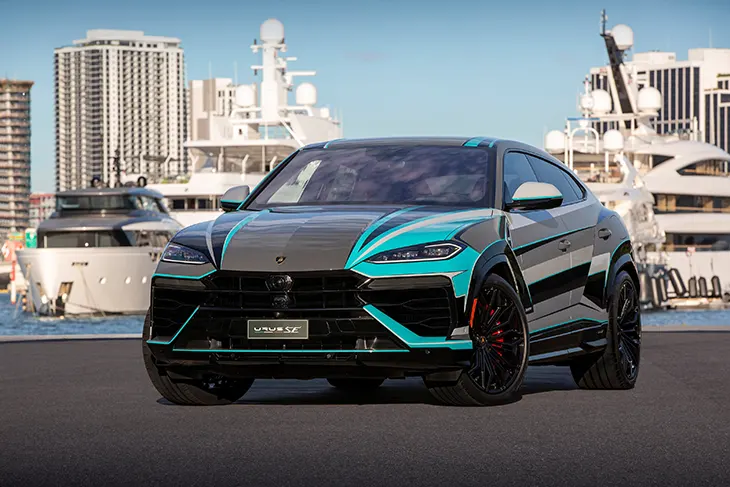
For the Urus SE, we emphasized its signature design features, like the sharp lines and triangular wheel arches, while adding contemporary touches. For example, using graffiti allowed us to connect with a younger audience while staying true to Lamborghini’s bold DNA.
What’s next for Lamborghini after this project? – Creativity never stops at Lamborghini. While I can’t share specific details, I can tell you we always have plenty of ideas in development. What’s important is that every idea has a story behind it, something meaningful that we can proudly present to our customers and the world.
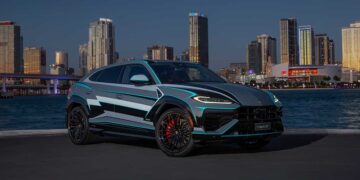













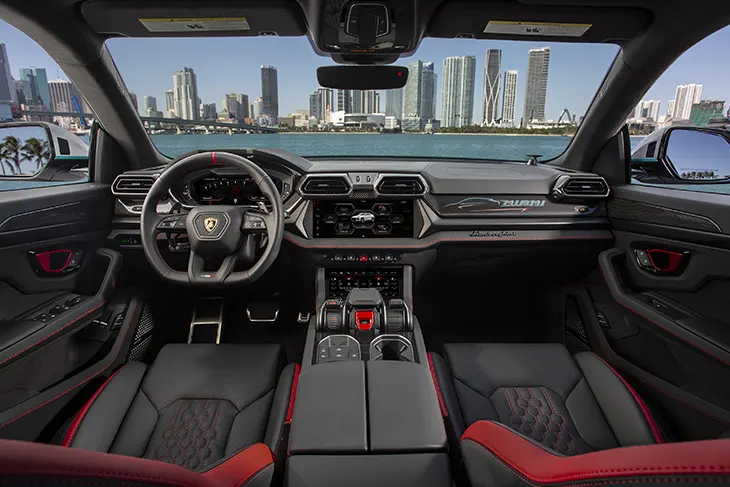
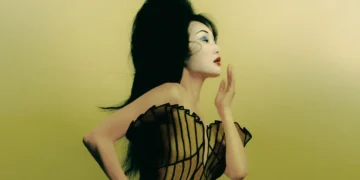
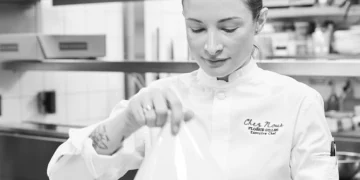

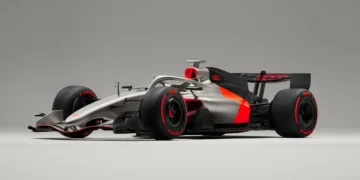
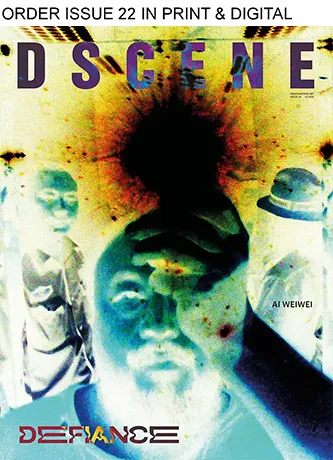

wow this lamborghini is everything! Didn’t expect so much from URUS SE!